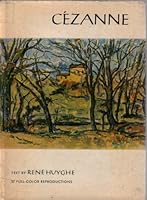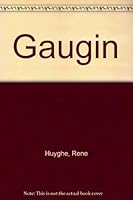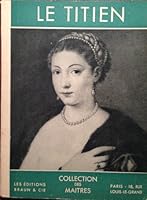The Catacomb Conspiracy
(Book #9 in the Penny Spring and Sir Toby Glendower Series)
Select Format
Select Condition 
You Might Also Enjoy
Book Overview
Vacationing at a friend's Roman villa, anthropologist Penny Spring and her archaeologist friend, Sir Toby, become caught up in the murder of the villa's caretaker.
Format:Paperback
Language:English
ISBN:0199537410
ISBN13:9780199537419
Release Date:November 2008
Publisher:Oxford University Press
Length:736 Pages
Weight:1.14 lbs.
Dimensions:1.3" x 5.1" x 7.8"
More by René Huyghe
Customer Reviews
14 customer ratings | 5 reviews
There are currently no reviews. Be the first to review this work.











































![Delacroix [Abrams]](https://m.media-amazon.com/images/I/41wo-xdeNyL._SL200_.jpg)



















